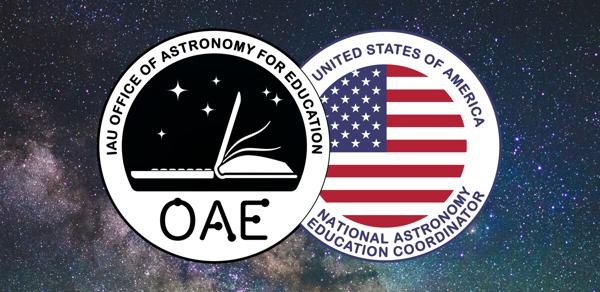Glossary term: Spiral Galaxy
Description: Spiral galaxies are galaxies that have spiral arms: regions of higher density that form as a galaxy rotates where gas and dust are compressed and new stars are born. Most spiral galaxies are disk galaxies, so the names are sometimes used interchangeably. Most spiral galaxies have a central bulge of stars, and many (including the Milky Way) have a central bar. Spiral galaxies are differentiated from elliptical, lenticular, irregular, and dwarf galaxies (though dwarf spiral galaxies also exist).
Related Terms:
See this term in other languages
Term and definition status: This term and its definition have been approved by a research astronomer and a teacher
The OAE Multilingual Glossary is a project of the IAU Office of Astronomy for Education (OAE) in collaboration with the IAU Office of Astronomy Outreach (OAO). The terms and definitions were chosen, written and reviewed by a collective effort from the OAE, the OAE Centers and Nodes, the OAE National Astronomy Education Coordinators (NAECs) and other volunteers. You can find a full list of credits here. All glossary terms and their definitions are released under a Creative Commons CC BY-4.0 license and should be credited to "IAU OAE".
Related Media
Spiral Galaxy Merger
Credit: ESO credit link
License: CC-BY-4.0 Creative Commons Attribution 4.0 International (CC BY 4.0) icons









